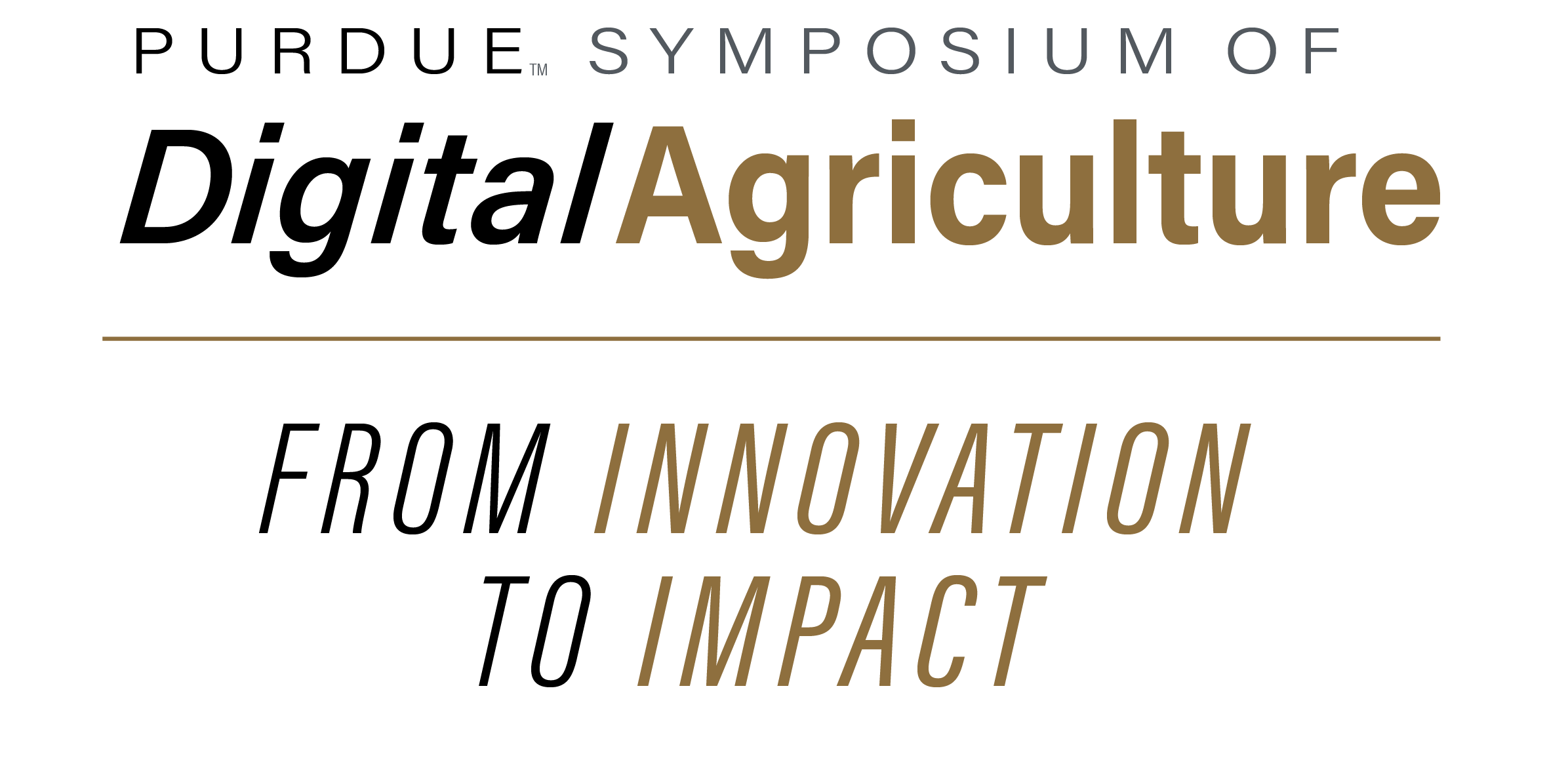Abstract
Soil health indicators are increasingly used to guide conservation practice outcomes, but their vertical distribution and relationship to nutrient losses in surface runoff remain understudied. Since 2016, we have conducted multi-depth soil health assessments across agricultural fields in the Great Lakes Basin transitioning to conservation practices such as cover cropping and no-till. Our goal was to identify soil metrics that are predictive of edge-of-field (EOF) water quality outcomes. We assessed 21 biological, chemical, and physical soil indicators at 0–5 cm and 5–15 cm depths, calculating stratification ratios (SR = 0–5 cm ÷ 5–15 cm) for 57 site-years. Nine indicators met the SR > 2 threshold in at least one-third of site-years. Water Extractable Phosphorus (WEP) showed the most frequent stratification (~60%), especially at long-term no-till sites. Other frequently stratified variables included Bray P and β-glucosidase. Indicators like POXC and NAG rarely showed strong stratification. To evaluate the predictive value of these metrics, we trained Random Forest models using soil data (0–15 cm) to estimate EOF total phosphorus (TP) concentration and yield. WEP emerged as the most important predictor for both outcomes, followed by pH and water extractable organic carbon. Sites in early transition (e.g., WI-SW2) showed increasing WEP stratification over time, while others showed declining or stable trends depending on tillage history. Our results highlight the importance of surface-layer monitoring to capture nutrient dynamics linked to runoff risk. Stratified sampling, particularly of WEP at 0–5 cm, is essential for understanding and managing P loss.
Keywords
Soil health, Water quality, Edge of Field, GIS, Remote sensing
DOI
10.5703/1288284318198
Evaluating Different Soil Health Parameters for Edge-of-Field Water Quality
Soil health indicators are increasingly used to guide conservation practice outcomes, but their vertical distribution and relationship to nutrient losses in surface runoff remain understudied. Since 2016, we have conducted multi-depth soil health assessments across agricultural fields in the Great Lakes Basin transitioning to conservation practices such as cover cropping and no-till. Our goal was to identify soil metrics that are predictive of edge-of-field (EOF) water quality outcomes. We assessed 21 biological, chemical, and physical soil indicators at 0–5 cm and 5–15 cm depths, calculating stratification ratios (SR = 0–5 cm ÷ 5–15 cm) for 57 site-years. Nine indicators met the SR > 2 threshold in at least one-third of site-years. Water Extractable Phosphorus (WEP) showed the most frequent stratification (~60%), especially at long-term no-till sites. Other frequently stratified variables included Bray P and β-glucosidase. Indicators like POXC and NAG rarely showed strong stratification. To evaluate the predictive value of these metrics, we trained Random Forest models using soil data (0–15 cm) to estimate EOF total phosphorus (TP) concentration and yield. WEP emerged as the most important predictor for both outcomes, followed by pH and water extractable organic carbon. Sites in early transition (e.g., WI-SW2) showed increasing WEP stratification over time, while others showed declining or stable trends depending on tillage history. Our results highlight the importance of surface-layer monitoring to capture nutrient dynamics linked to runoff risk. Stratified sampling, particularly of WEP at 0–5 cm, is essential for understanding and managing P loss.


